Skip to the content
Participant Details
- Community Arts Partner Name
- Angela R. Goodman
- Partner Type
- Individual
- Profile Photo
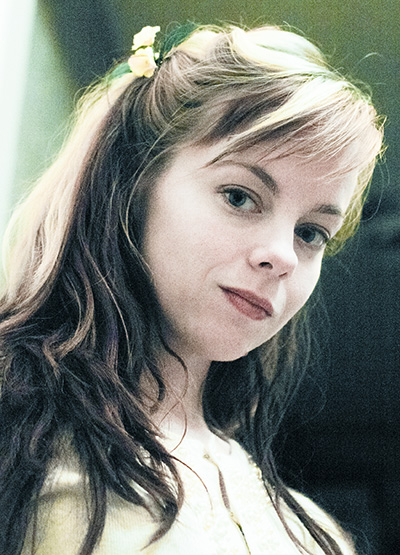
- Individual Bio or
Organizational Statement
- Angela Goodman discovered photography in high school, where it gave her a path out of her own head and into the world around her. She started working in photojournalism at two daily newspapers, and has been published on the AP wire, Sacramento Bee, San Francisco Chronicle, Seattle Met, and Alaska Airlines Magazine, among others. She then returned to the inside of her head, completing a Bachelor of Fine Arts at Columbia College Chicago.
She is honored to help her students discover the power and gift of creative expression, and believes every voice is a unique and important part of our cultural fabric. She teaches courses, workshops, and one-on-one in the Seattle area, including 9-week courses in Beginning and Intermediate Digital Photography at Youth In Focus. She is a graduate of the Washington Teaching Artist Training Lab (2012-2013), and a participant in Adobe youth Voices, where five of her students have been selected as finalists in the international Aspire Awards.
Grade Levels Preferred
- Grade Levels Preferred
- 6th - 8th, 9th - 12th
Artistic Disciplines
- Discipline
- 1, 5
- Type
- Digital Photography.
Secondary areas include: Visual & media literacy, photography and social change (documentary & photojournalism), stop-motion animation, general visual art.
Experience
- Previous School Partnerships
- WA State TAT Lab Graduate
- Other Trainings or Certifications
- Sample Lesson Description: Student / Classroom Residencies
- Sample Workshop Description: Teacher Professional Development
Areas of Experience and Expertise
- Approved Professional Development Provider
- 1
- Approved Classroom Residency Provider
- 1
Lesson Plan
- Integrated Art
- Cultural Art
Teaching Approach
- Teaching Philosophy + Approach
- One of my guiding principles is that that students be the true source of their artistic work. The art form has skills, language, and techniques necessary to produce work, but the idea behind that work is the most critical element, and should be true to the individual student. For example, a common final project theme is “It matters to me.” Each student will have a different interpretation of that phrase, and a different way of of expressing a common idea (ie, “family” is a popular topic, but every student approaches it through their own lens).
I'm interested primarily in the higher-level goal; what do we want the students to get from this? What should they feel/experience/discover/learn -- and what should they remember a week or a month or ten years from now?
Once we have the what and why, the how and when fall into place. I strive to incorporate a variety of learning styles and preferences into each learning plan; for example, a lesson could include verbal instruction, a written handout, and experiential, hands-on learning.
I also believe that reflection is an important part of the process, both for the learners and the instructors.
- Curriculum Integration Possibilities
- Language Arts, History, Communication, Science, Social Studies
Examples:
I have partnered with a history classroom teacher where photography was discussed both in terms of its own timeline, but also as an agent of change and information which has been used to shape history. This, in particular, relates well to 4.3, Understands that there are multiple perspectives and interpretations of historical events.
A number of my arts lessons incorporate Language Arts skills. For example, written response to artwork is utilized. Key concepts are: generating an imaginative narrative based on limited but specific information, extrapolating logical conclusions from visual clues, writing clearly and concisely, and learning how the written word can work with or against other forms of communication. Some EALRs addressed are: 2.2, Writes for different purposes; 2.3, Writes in a variety of forms/genres; 3.1, Develops ideas and organizes writing.
All of my teaching experiences incorporate communication skills. Students are continually asked to participate in critique sessions, where they both explain and interpret their own work, and offer feedback in dialog with other students' work. In longer sessions, students prepare and verbally present a report on an artist of their choosing. Some of the standards addressed by this work include: 1.1, Uses listening and observation skills and strategies to focus attention and interpret information; 2.1, Uses language to interact effectively and responsibly in a multicultural context; 3.1, Uses knowledge of topic/theme, audience, and purpose to plan presentations; 3.2. Uses media and other resources to support presentations; 3.3, Uses effective delivery.
- Special Skills and Areas of Expertise
- Testimonials from Schools
- Marisa Vitiello, Adobe Youth Voices Mentor/Coordinator
marisa.ayv@gmail.com
Kate Porter, Youth In Focus Program Director
katep@youthinfocus.org
Images
- Image
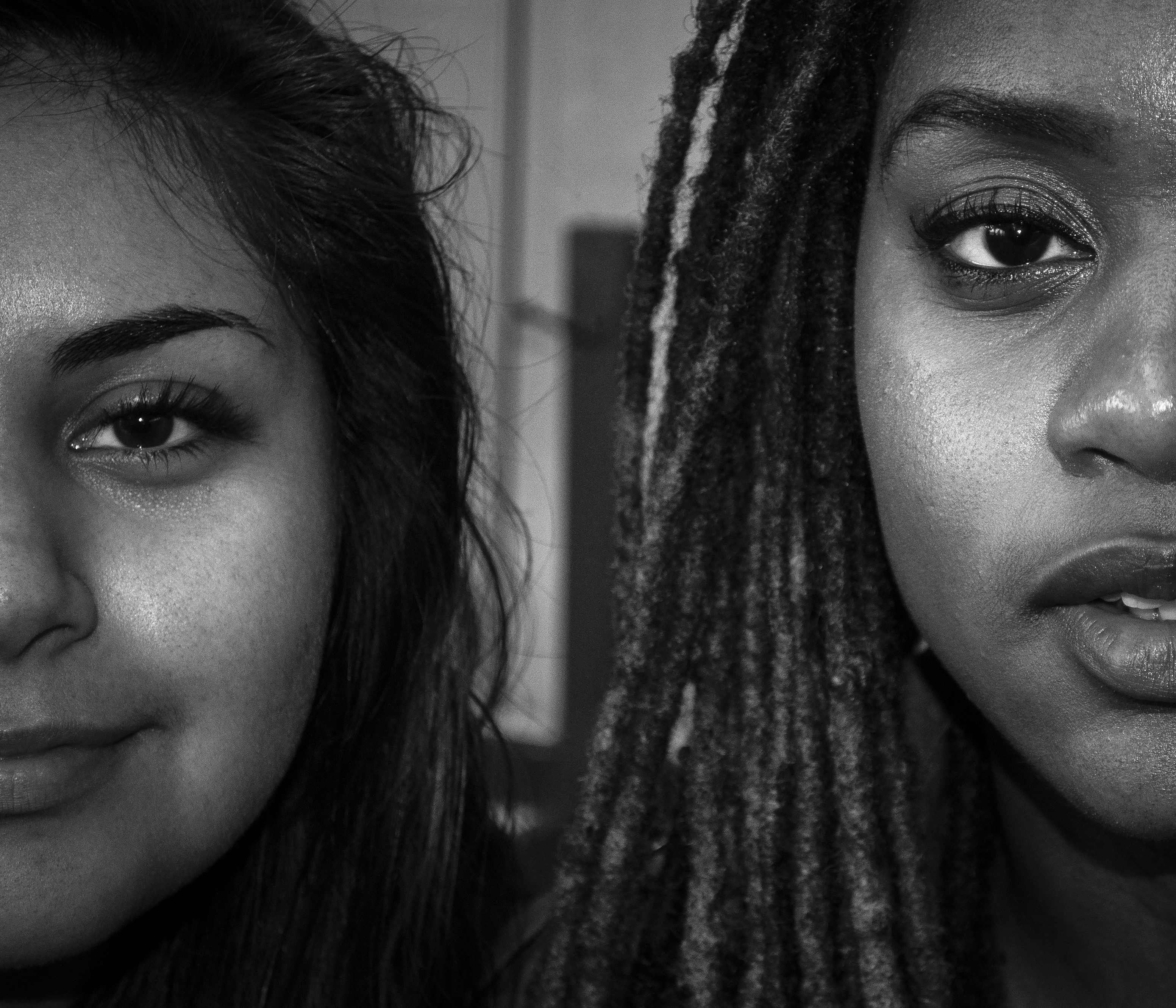
- Image Description
- Student work depicting diversity and community at Rainier Beach High School.
- Image
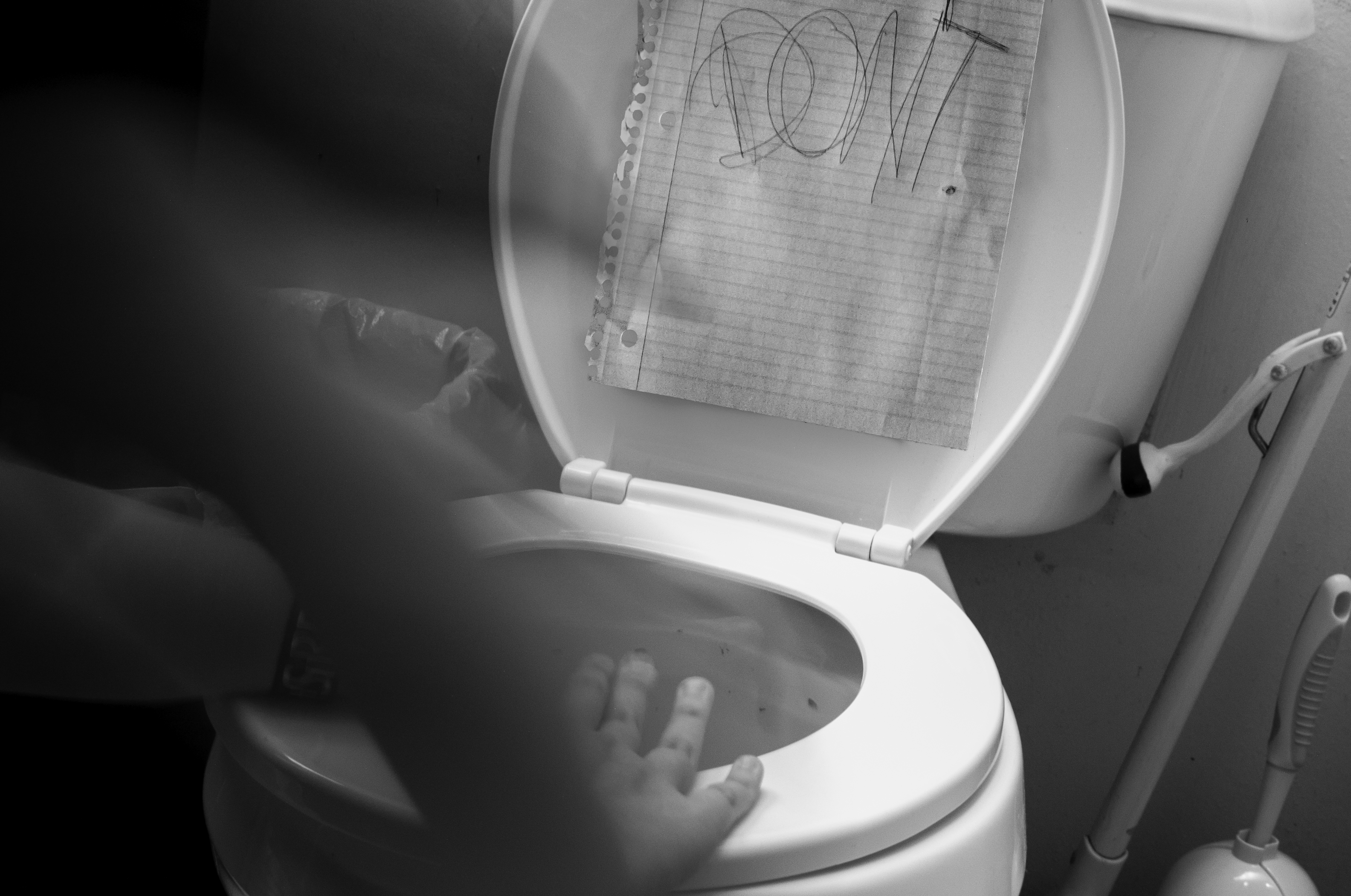
- Image Description
- Student work. "A person's pain can not be measured solely by the number of torn ligaments or shattered bones. There are no measurements for fractured thoughts or snapped heartstrings. What pain is shown is not all that is felt."
- Image
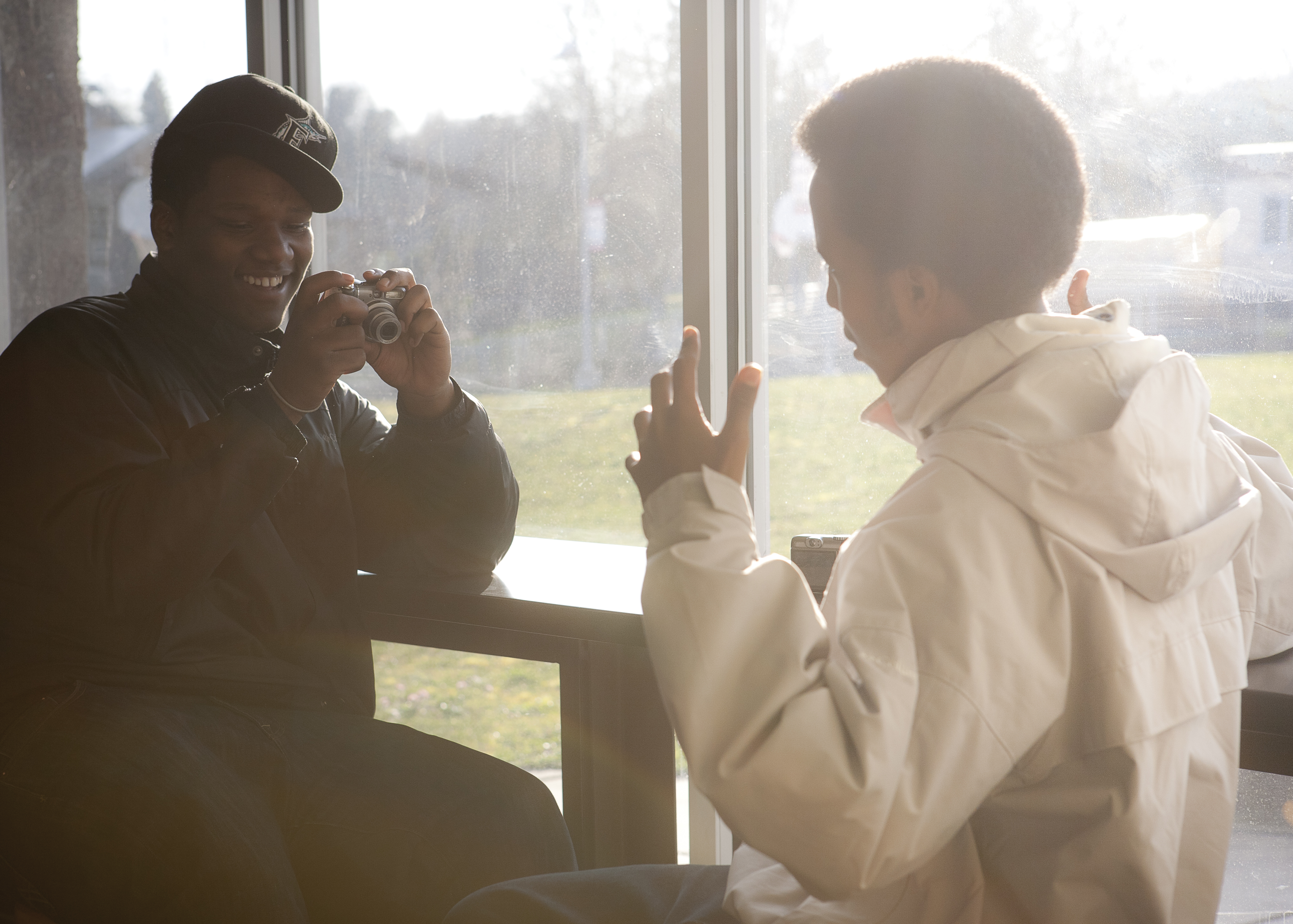
- Image Description
- Students collaborating in a workshop at South Lake High School.
- Image
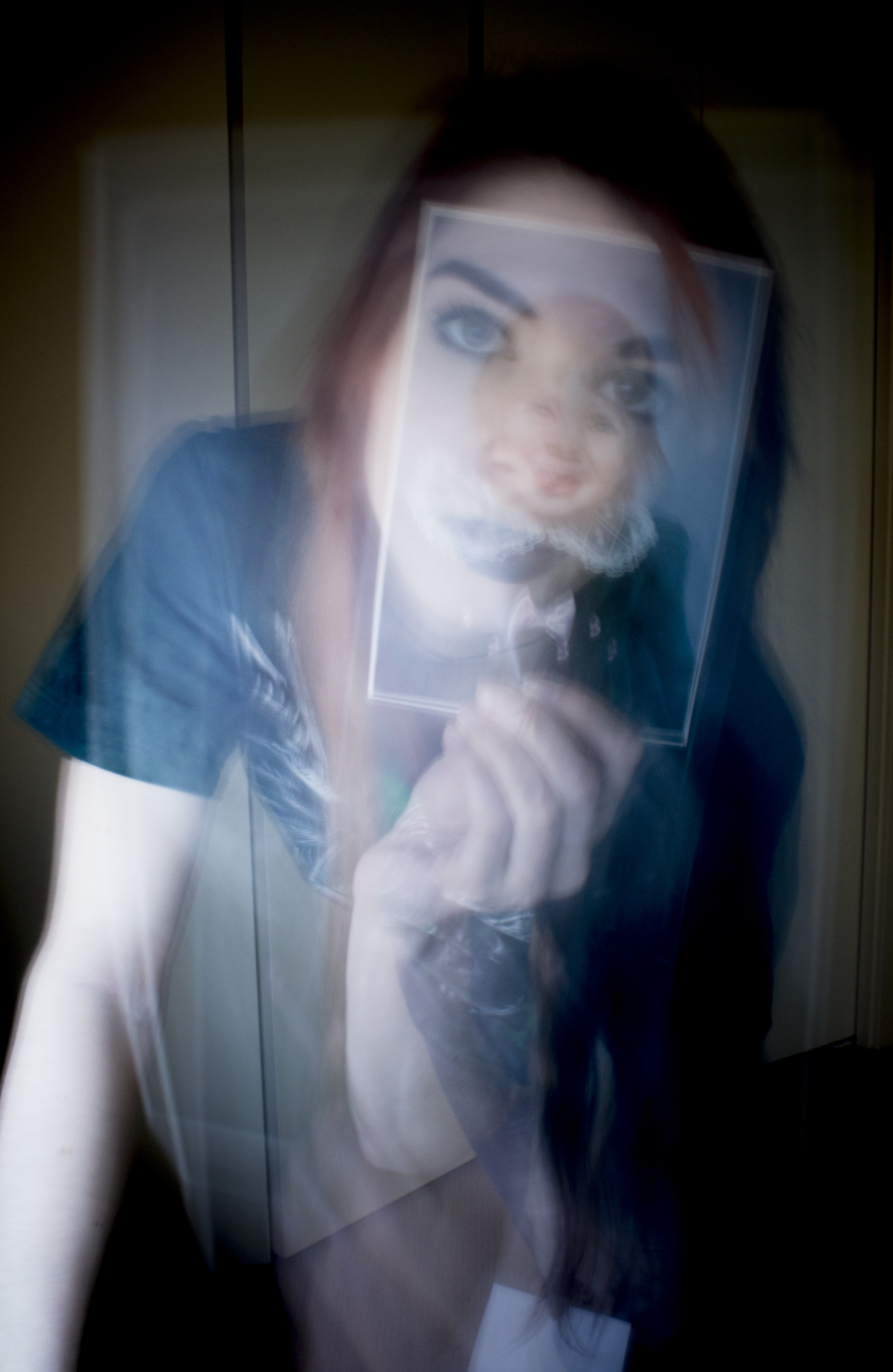
- Image Description
- Student self-portrait (done in-camera). "Who we were becomes part of who we are; the past is always with us."
- Image
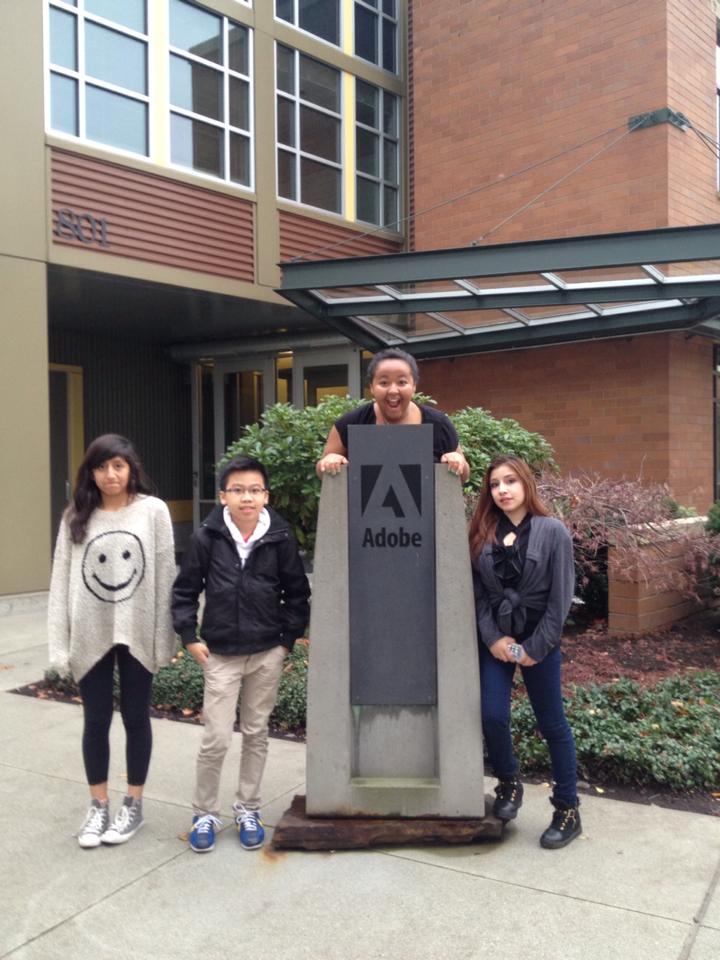
- Image Description
- Students preparing to make presentations at Adobe HQ.





